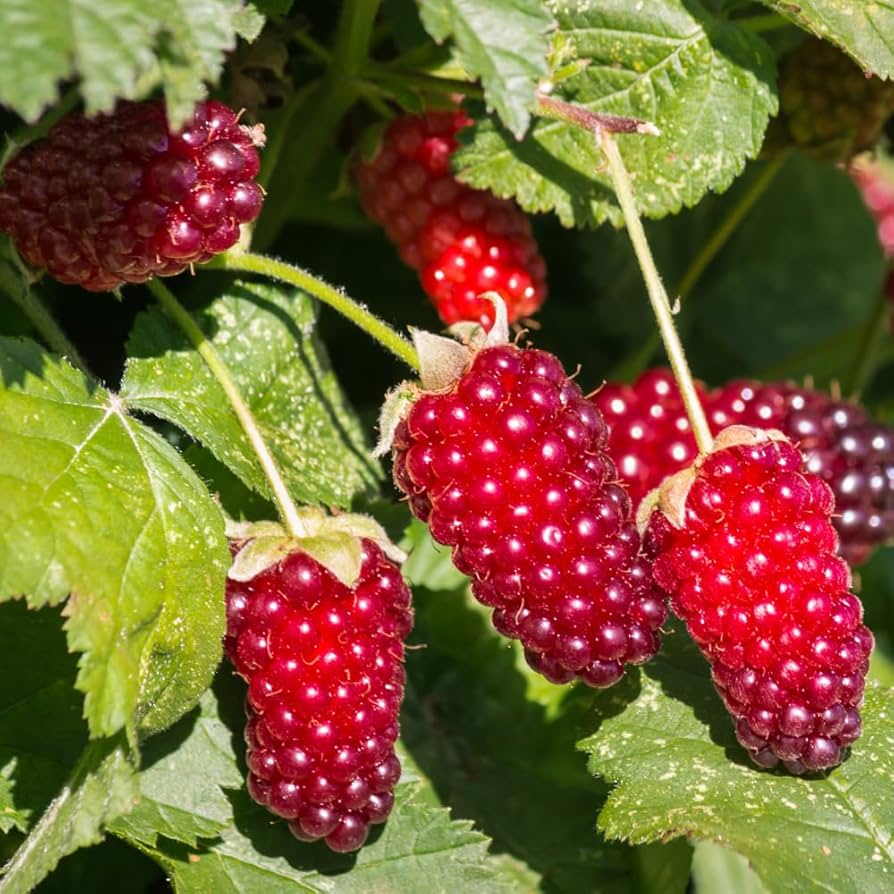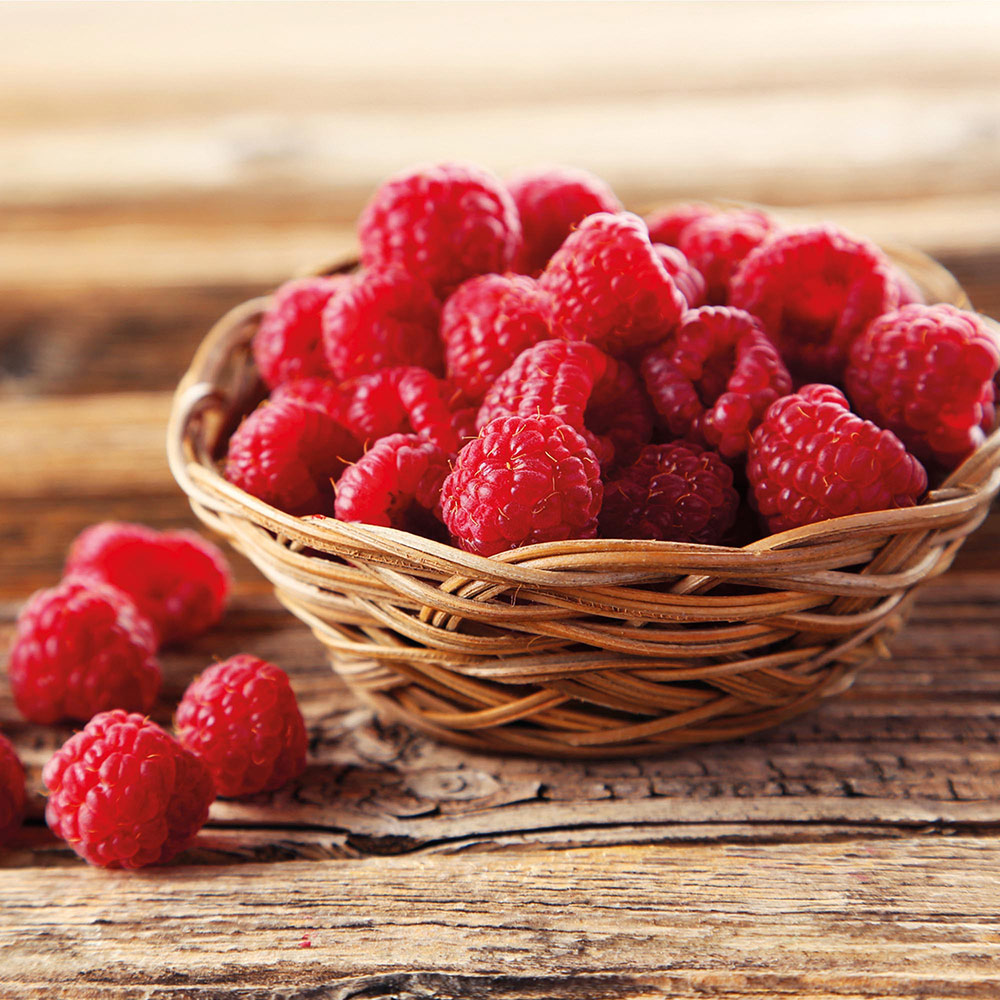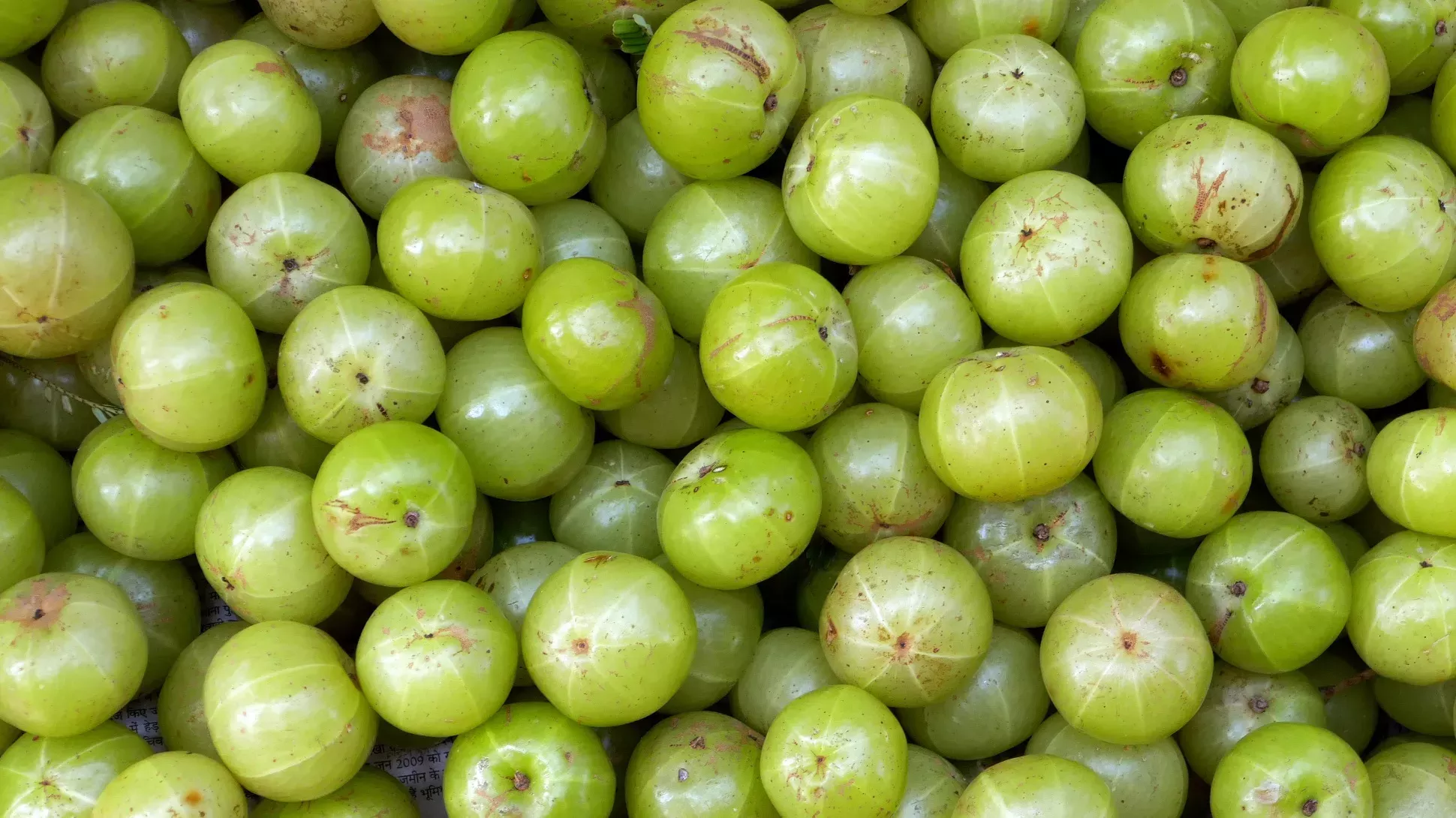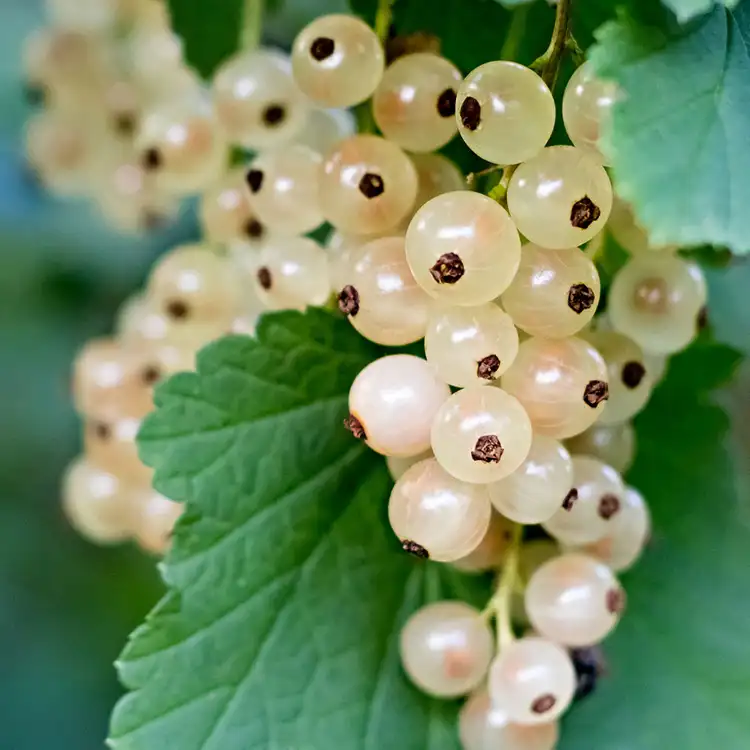Loganberry (Rubus × loganobaccus L.H. Bailey): Fruit Characteristics, Varietal Traits, Nutrition, and Distribution
The Loganberry (scientific name: Rubus × loganobaccus) is a hybrid species belonging to the genus Rubus within the Rosaceae family. It is commonly considered a cross between blackberry (Rubus ursinus) and raspberry (Rubus idaeus). This hybrid inherits traits from both parent plants, resulting in distinctive fruits.
Fruit Characteristics
Loganberries produce aggregate fruits that are elongated in shape—typically larger than raspberries but smaller than many blackberries—measuring about 2-4 cm long. When ripe, they range from deep red to purple-black with a smooth exterior. Like raspberries, picking loganberries leaves behind a hollow core; however, sometimes part of this core remains attached to the fruit. The flesh is soft and juicy with a sweet-tart taste that combines blackberry richness with raspberry fragrance, along with subtle earthy undertones. The fruits contain numerous tiny seeds.
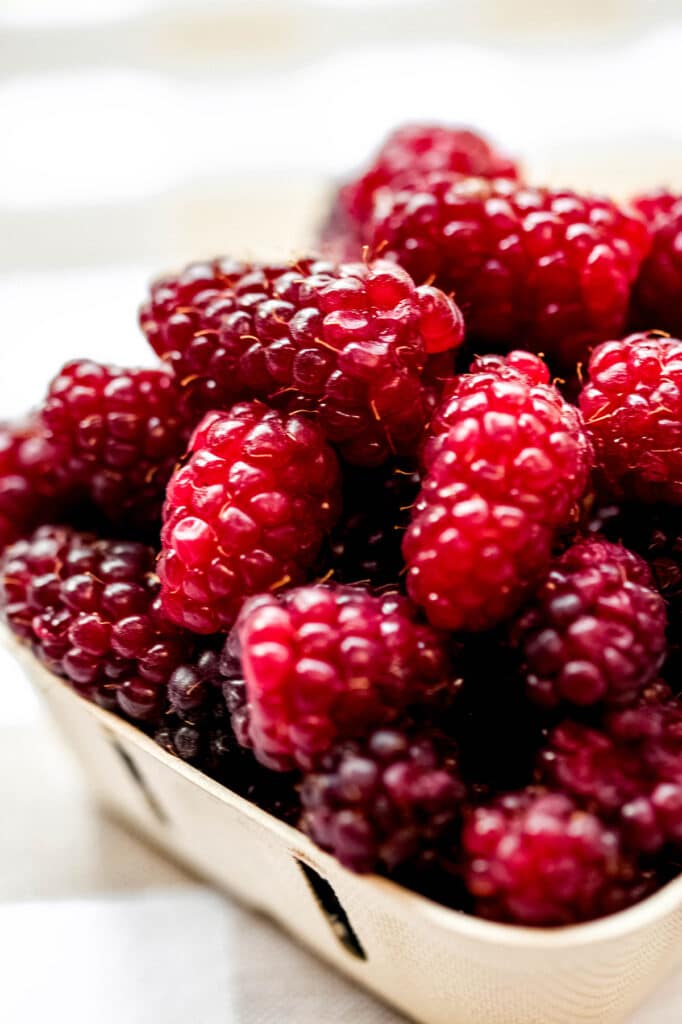
Varietal Traits
Loganberry plants tend to trail along the ground and need support structures for optimal growth. They offer greater cold resistance compared to some blackberries but are less hardy than raspberries. Loganberries yield high quantities of fruit that ripen relatively early in the season. Their distinctive flavor makes them popular for jams, juices, pies, and preserves. While there are thornless varieties available, they are not as prevalent as thornless blackberries.
Nutritional Value and Potential Benefits
Loganberries are nutritionally dense fruits packed with carbohydrates, dietary fiber, vitamins (notably Vitamin C and Vitamin K), and minerals such as manganese. As dark-colored berries, they are also rich in antioxidants like anthocyanins and ellagic acid, which may offer anti-inflammatory and anti-cancer benefits.
Distribution and Cultivation
First cultivated by Judge J.H. Logan in California in 1881—hence its name—the loganberry thrives mainly in temperate regions, including parts of North America and Europe. These plants prefer sunny spots with well-drained soils rich in organic material. Common propagation methods include cuttings and layering techniques. Thanks to their unique taste and versatility in culinary uses, loganberries continue to be favored horticultural crops in certain regions.
